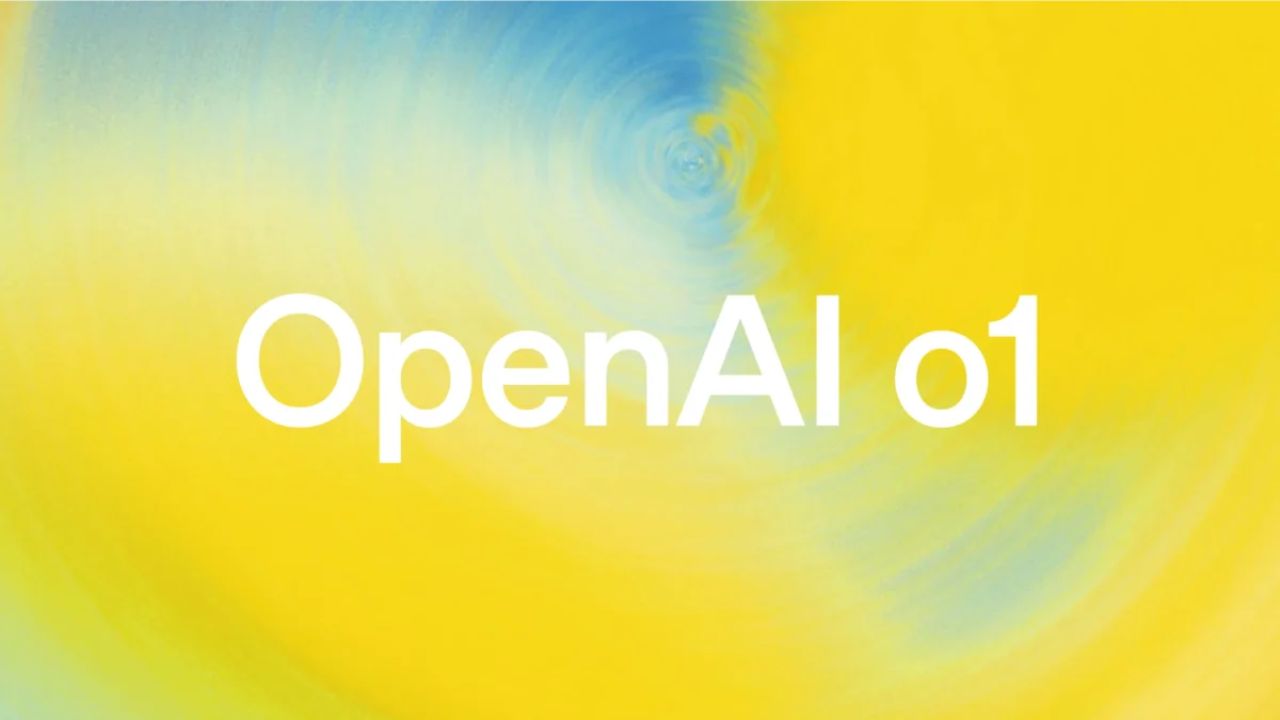If you’re intrigued by the future of artificial intelligence, OpenAI’s latest model, o1, is certainly worth your attention. With its enhanced reasoning capabilities, o1 marks a significant leap in AI evolution, but it isn’t without its shortcomings.
A New Brainchild of AI
Last week, OpenAI released its newest model, o1, which follows in the footsteps of previous models such as GPT-4. But unlike its predecessors, o1 comes with a unique focus on solving complex reasoning tasks. This makes it a major innovation, especially in fields such as biology and physics, where precision and logical thinking are critical.
You’ve likely come across names like “Strawberry,” “Orion,” or even “GPT-5” in rumors about OpenAI’s next big AI release. However, o1 has emerged as a model designed to address scientific challenges, such as intricate coding problems or mathematical computations, areas where traditional AI often faltered.
What Makes o1 Special?
At its core, o1 attempts to solve problems that confuse other models by using a technique called “Chain of Thought” reasoning. This feature allows the model to break down complex tasks into smaller steps, analyzing each part before coming to a conclusion. If you’re looking for an AI that “thinks” through a problem, o1 might be what you need.
For example, o1 excels at problem-solving in coding and scientific research. It handles debugging tasks and code generation with remarkable efficiency, making it a preferred option for researchers and developers. By applying logical steps to tasks that require high precision, it offers a level of performance that some users find unparalleled.
Built-In Ethics and Jailbreak Protection
One of o1’s most notable features is its ethical safeguard. OpenAI has equipped it with filters to prevent the generation of harmful or unethical outputs. You might see this as a restrictive barrier, but for businesses dealing with sensitive information, this could be a welcome security measure.
The model is designed to resist “jailbreaking”, a common concern in AI ethics, where users try to bypass ethical restrictions. For businesses, this added layer of protection makes o1 a more responsible choice.
The Downsides: What You Won’t Like About o1
Though o1 shines in many areas, it comes with some notable limitations.
Slow Performance
One major drawback is that o1 is slow. If you are in a high-pressure environment or need answers quickly, the model’s sluggish performance may be frustrating. o1’s Chain of Thought process often takes several seconds, sometimes even over a minute, before it provides an answer. If you have limited patience or are working on time-sensitive tasks, this could be a deal-breaker.
Limited Features
Another downside is that o1 is not a multimodal model—at least not yet. Unlike GPT-4, which supports a wide range of functionalities like memory, file uploads, and even web browsing, o1 lacks these essential features. If you rely on these tools for your work, using o1 might feel like a step backward.
For now, the model is text-only. That means if you need visual tools like DALL-E for generating images, o1 won’t meet your needs.
Poor Creativity
If you need help with creative tasks, o1 is not for you. While it excels at logic-based tasks, its creative abilities are limited. You might find that it struggles to write a compelling novel or improve your creative writing projects. In fact, OpenAI admits that GPT-4 is still better for such tasks, leaving o1 better suited for complex problem-solving rather than generalist AI needs.
The Ugly Side: Costs, Privacy, and Inconsistencies
Beyond performance issues, there are some ugly truths about using o1.
It’s Expensive
o1 comes at a hefty price. The model is resource-intensive, which drives up both operational costs and energy consumption. For smaller developers or organizations on a tight budget, this could make o1 inaccessible. Every time o1 “thinks” through a problem, it consumes a large number of tokens, adding to the financial cost. If you don’t watch your API usage, you might be in for a surprise when the bill arrives.
Inconsistent Results
Another issue is that o1 can be inconsistent. You might experience errors or irrelevant answers before the model eventually produces a correct solution. This lack of reliability can be particularly frustrating for those who need a model that works efficiently without constant oversight.
For example, even math experts have noted that o1 sometimes generates long, complex reasoning paths that end up being incorrect. So, while the model may be smart, you’ll still need to double-check its work.
Privacy Concerns
OpenAI’s handling of user data is another area that might make you pause. The company actively monitors interactions with the model, and some users have reported receiving emails from OpenAI about their prompts. While this is framed as part of an effort to improve the model, you may not appreciate having your interactions closely monitored.
If you’re concerned about data privacy, you might want to reconsider using o1 or, at the very least, take advantage of its data control options to limit what OpenAI can collect from your sessions.
Should You Use OpenAI’s o1?
Given its strengths and weaknesses, o1 is not a model for everyone. If your work involves complex problem-solving or requires an AI that excels in logic and reasoning, o1 is a great tool. It’s particularly useful in fields like engineering, biology, and coding, where precision is key.
However, if you’re a creative professional or need an AI for more generalist tasks, you might be better off sticking with GPT-4. The lack of creative prowess and multimodal features makes o1 a specialized tool rather than an all-purpose solution.
As you weigh whether o1 is the right model for your needs, consider its cost, performance speed, and the level of privacy you’re willing to sacrifice. OpenAI’s o1 may be a step forward in AI evolution, but it comes with its share of growing pains.
In conclusion, while o1 holds a lot of promise for specific use cases, you may want to wait for future updates or the eventual release of GPT-5 before fully committing to this new model.
